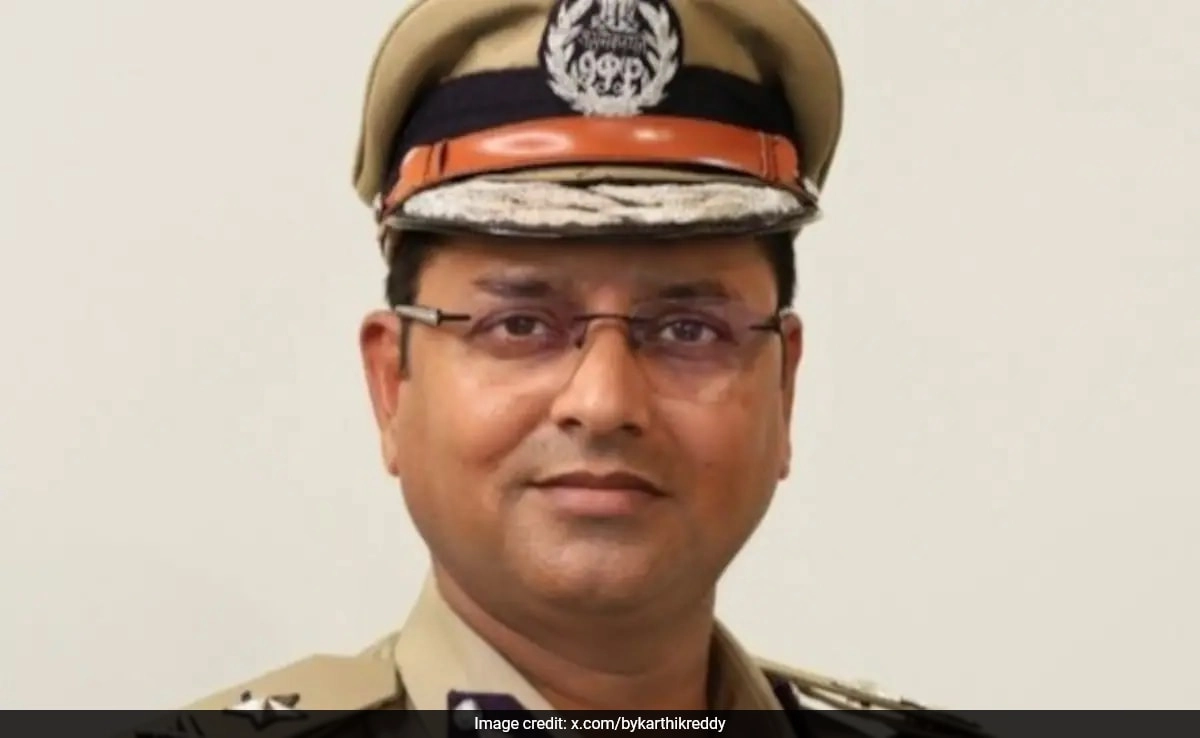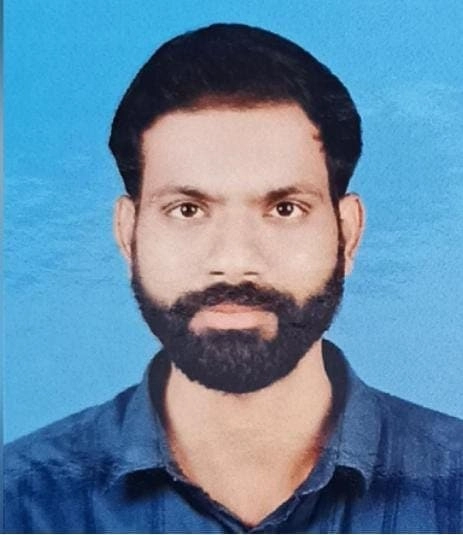In a significant development in the aftermath of the tragic Bengaluru stampede, relief has been granted to the Indian Police Service (IPS) officer who was suspended in connection with the incident. The suspension was a response to the unfortunate events that unfolded during a public event, where a large crowd gathered, leading to chaos and the subsequent stampede. The officer’s suspension had sparked discussions about accountability and the challenges faced by law enforcement in managing large gatherings, particularly in urban areas where crowd control can become a daunting task.
The Bengaluru stampede raised several critical questions regarding public safety measures and the preparedness of authorities to handle such unexpected situations. The IPS officer, whose suspension was viewed by many as a hasty decision, has now been reinstated, highlighting the complexities involved in ensuring public safety during large events. This reinstatement is not just a personal relief for the officer but also serves as a reminder of the need for thorough investigations before assigning blame in such tragic circumstances. It underscores the importance of understanding the factors that contribute to crowd dynamics and the role of effective planning and communication in preventing such incidents.
In light of this situation, it is imperative for law enforcement agencies to revisit their crowd management strategies. The reinstatement of the suspended officer could lead to a reassessment of protocols and training programs aimed at preparing officers for future events. It is crucial for authorities to learn from past incidents to enhance safety measures, ensuring that similar tragedies do not occur in the future. As the conversation continues, it becomes evident that the challenges of maintaining order during large gatherings require not only effective leadership but also a collaborative approach involving multiple stakeholders, including event organizers, local government, and community members.
Ultimately, the resolution of this case serves as a critical moment for introspection within law enforcement and public administration. The focus should shift towards creating comprehensive frameworks that prioritize safety while also protecting the rights and reputations of those in charge of public safety. By addressing these issues, authorities can foster a more secure environment for citizens, ensuring that events intended for celebration do not turn into scenes of tragedy. The lessons learned from the Bengaluru stampede could pave the way for improved practices, ultimately enhancing public trust in the systems designed to protect them.




